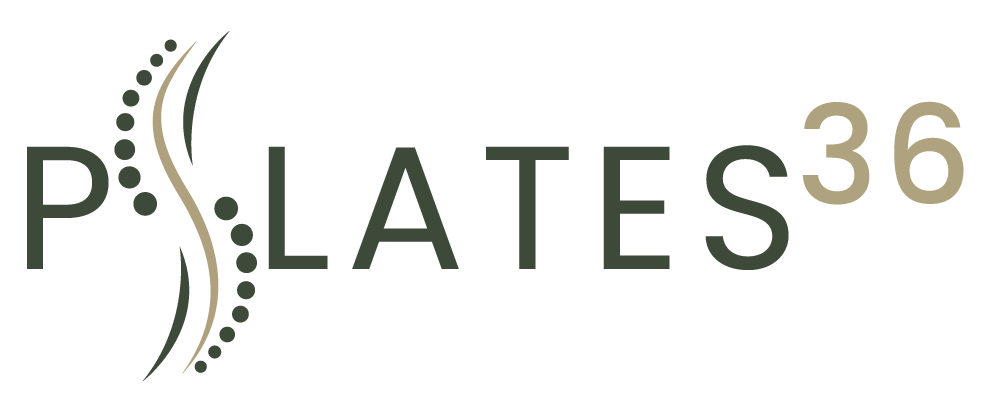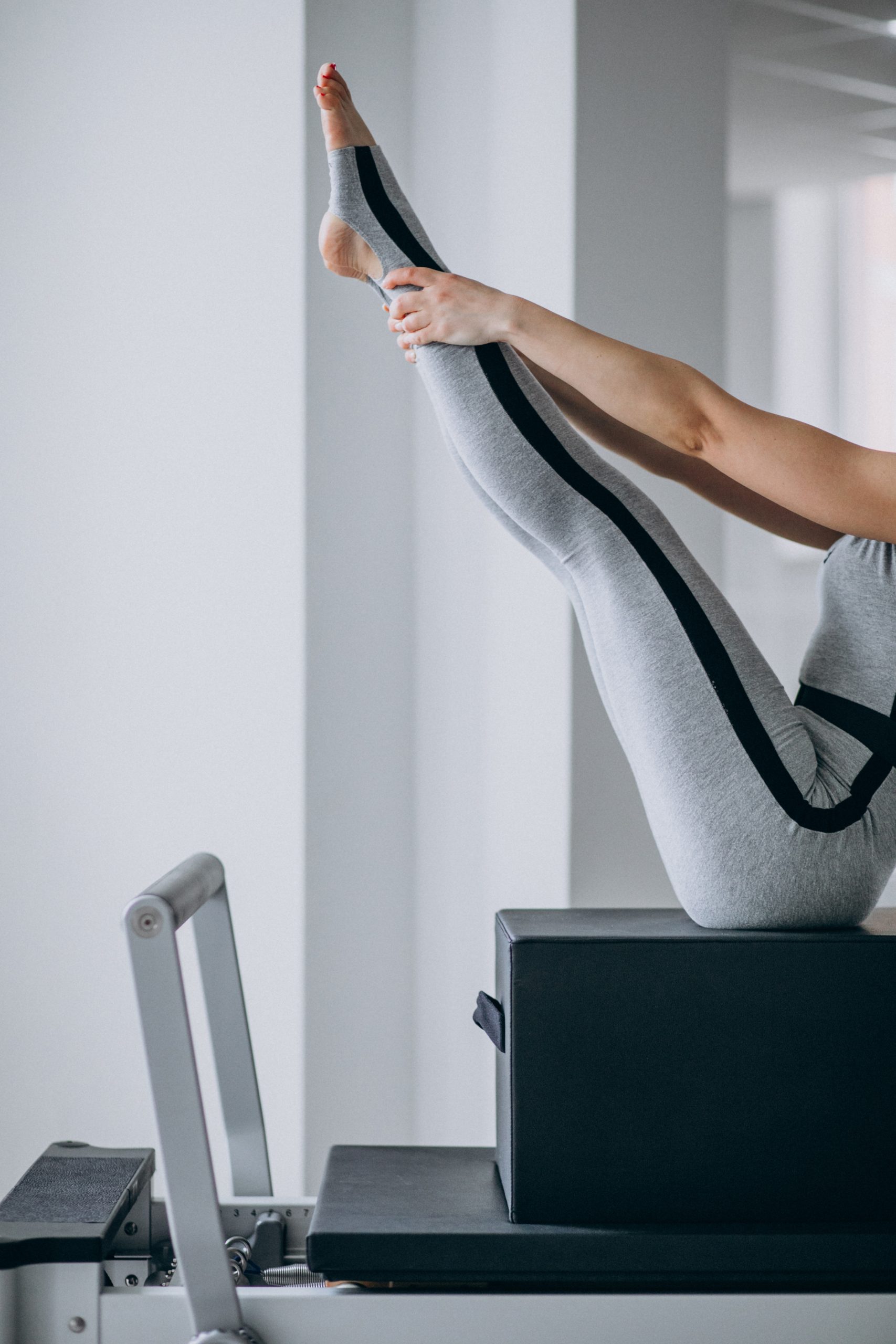Pilates vs. Yoga: A Comparative Analysis
Pilates and yoga are two popular mind-body fitness practices, each offering its own unique set of benefits. While they share common elements such as enhancing flexibility and promoting overall well-being, there are distinct differences in their origins, focuses, techniques, and overall goals. In this article, we’ll break down the key characteristics of Pilates and yoga to help you decide which practice aligns better with your needs and preferences.
Origins
Pilates: Originally designed as a rehabilitation method for injured dancers and soldiers.
Yoga: Encompasses a wide range of practices and philosophies, including physical postures, breathing techniques, and meditation.
Focus
- Pilates:
- Core Strength: Emphasizes building a strong and stable core by targeting muscles in the abdomen, lower back, and pelvis.
- Alignment: Focuses on proper body alignment and posture improvement.
- Precision: Requires precision and control, with an emphasis on correct form and muscle engagement. Yoga:
- Flexibility: Promotes flexibility and balance through various postures and stretches.
- Mindfulness: Encourages mindfulness, meditation, and self-awareness, emphasizing the connection between the mind, body, and spirit.
- Breath Control: Pranayama, or breath control, is a central aspect of yoga, facilitating relaxation and mental clarity.
Techniques
- Pilates:
- Equipment: Utilizes specialized equipment like reformers, cadillacs, and barrels in addition to mat exercises.
- Repetition: Involves a series of controlled, repetitive movements to strengthen and tone specific muscle groups.
- Breathing: Places importance on specific breathing patterns to facilitate movement and engage core muscles. Yoga:
- Variety: Offers a variety of styles such as Hatha, Vinyasa, Ashtanga, and Bikram, each with its own emphasis and pace.
- Mat-Based: Many yoga practices can be performed solely on a yoga mat, with minimal equipment.
- Holding Poses: Often involves holding static poses for varying durations to improve flexibility and balance.
Benefits
- Pilates:
- Improved Core Strength: Known for its ability to develop a strong and stable core, enhancing overall strength and posture.
- Rehabilitation: Often used as a rehabilitation tool for injuries and conditions.
- Long, Lean Muscles: Helps create long, lean muscles without bulk. Yoga:
- Stress Reduction: Renowned for its stress-reduction abilities, promoting improved mental well-being and relaxation.
- Flexibility and Balance: Enhances flexibility, balance, and range of motion.
- Spiritual Growth: Offers a path to spiritual growth and self-discovery for some practitioners.
Choosing the Right Practice
- Pilates may be the better choice if:
- You prioritize core strength and posture improvement.
- You appreciate precision and controlled movements.
- Your primary focus is on fitness and potential rehabilitation benefits.
- Yoga may be the better choice if:
- You seek a holistic practice that integrates physical, mental, and spiritual aspects.
- Stress reduction and mindfulness are your primary goals.
- You enjoy a variety of styles and value self-exploration.



Leave a Reply